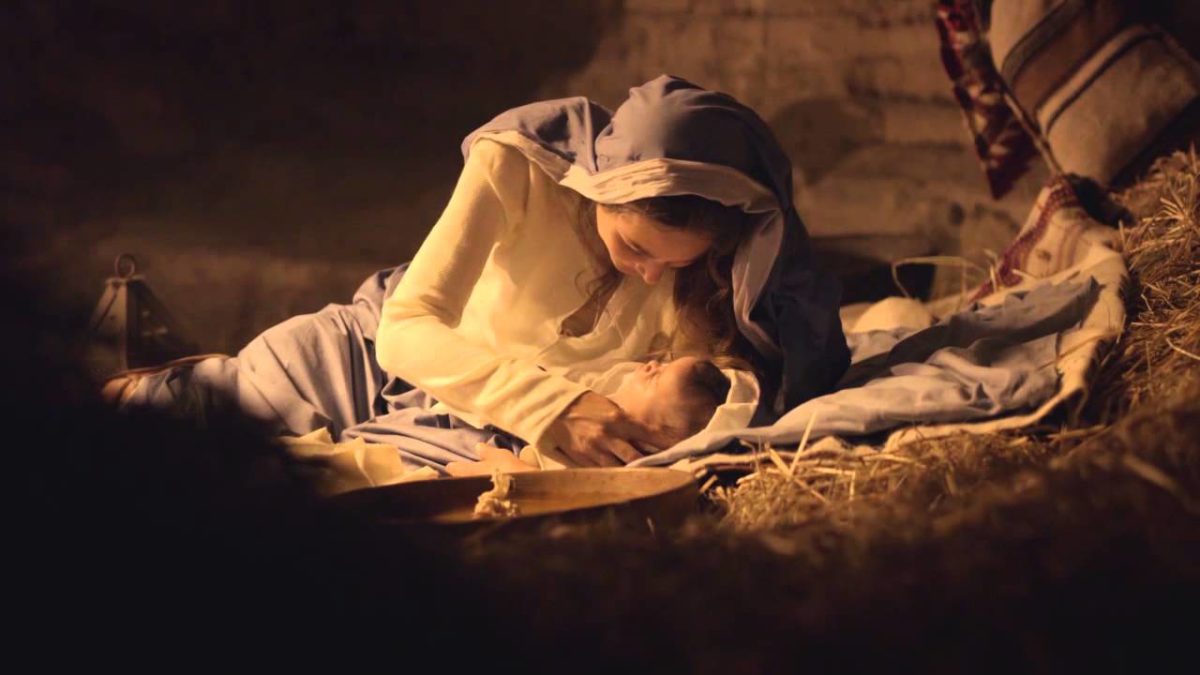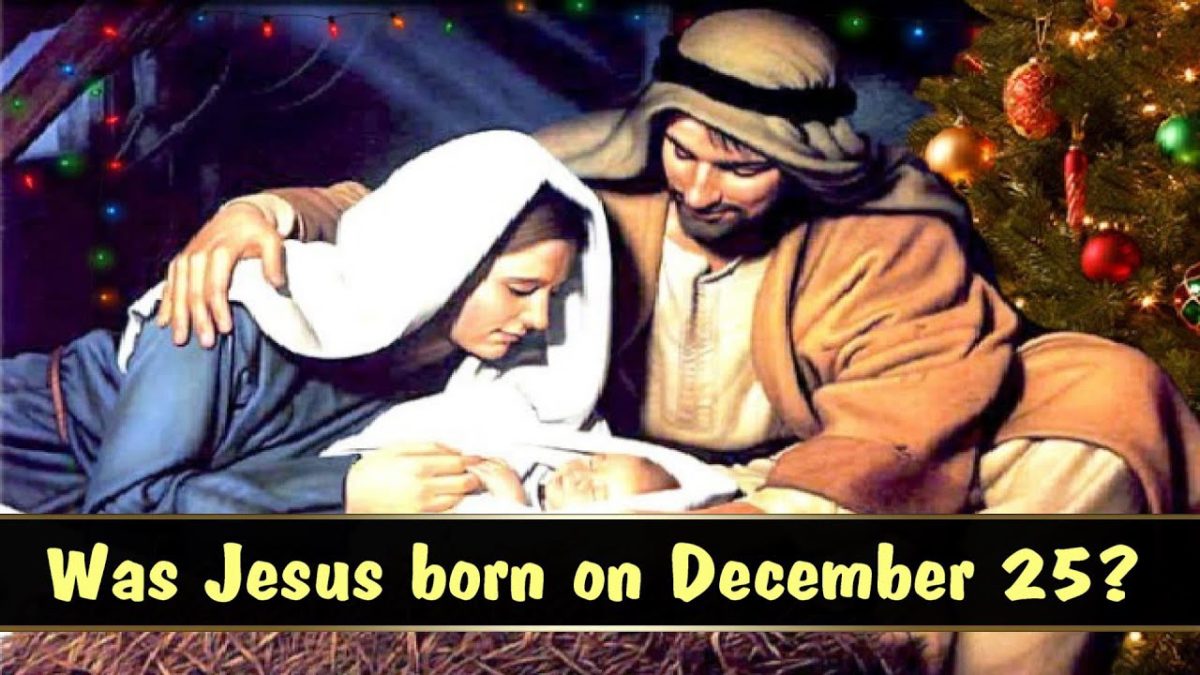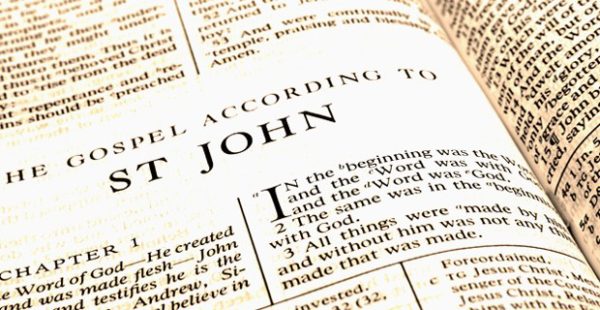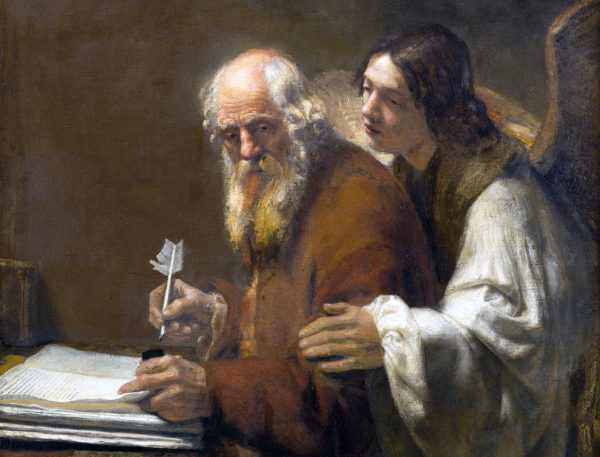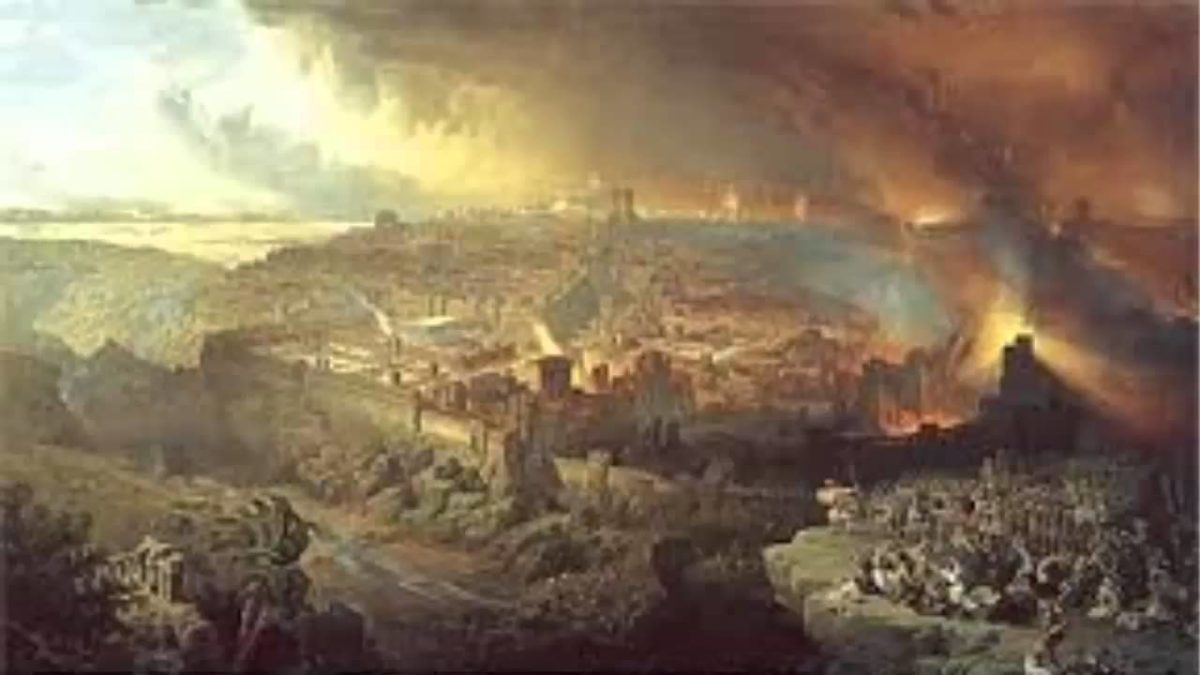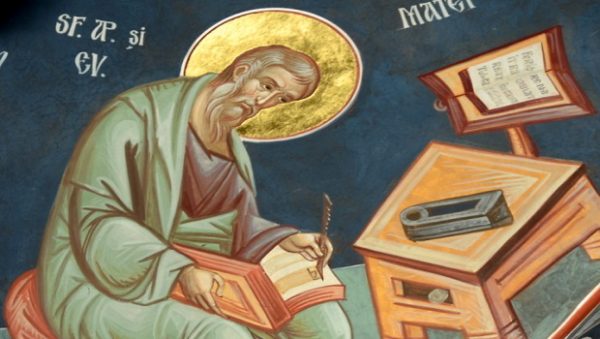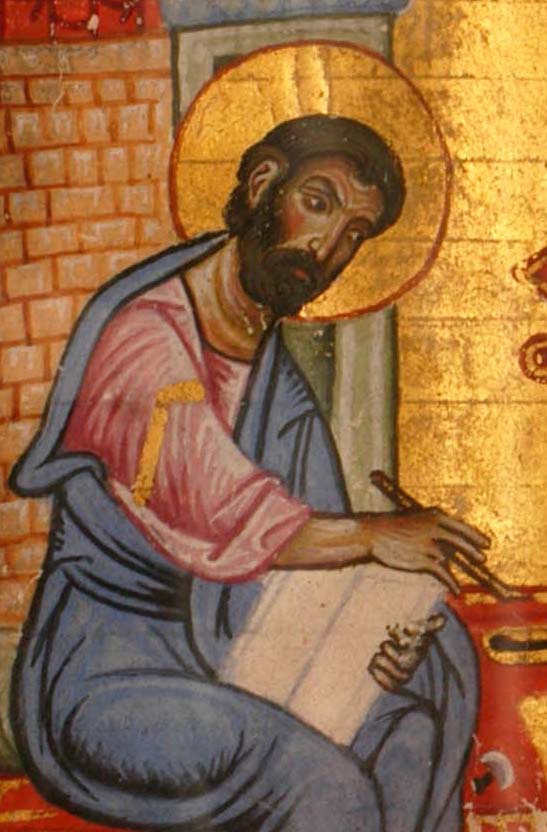If you listen to debates about the existence of God, there is a word that has been appearing more and more in recent years: the word multiverse.
Unless you’re a science fiction or comic book fan, this term is likely unfamiliar. What does it mean, and what does it have to do with the existence of God?
Let’s start with what it means.
What is the multiverse?
From the sound of the word, you might guess that the multiverse is some kind of alternative to the universe, and you’d be right.
The idea is that the physical universe that we see around us might not be all there is to reality. There could be other realms as well. These have been called other universes, parallel universes, and alternate universes.
That’s ironic, since the term universe used to mean “everything that exists.”
If you insist on that meaning, then these realms beyond the physical universe that we see couldn’t be other universes, because the universe would be everything that is. Instead, they would have to be other, unseen parts of the universe.
But this is not the way the language has been developing, and today terms like parallel universeand alternate universe are common in both science and science fiction.
Other even looser expressions (e.g., parallel worlds, alternate realities, other dimensions) are also used to refer to basically the same things: realms other than the visible universe that we see around us. The claim that we live in a multiverse is the claim that there are multiple universes that can be grouped into a single, overall “multiverse.”
Could a multiverse exist?
It depends on how you are using terms. If you use universe in its classical sense, to refer to everything that exists, then, no, there could not be a multiverse. But there could still be many realms other than the part of the overall universe that is visible to us.
But if you avoid quarreling about words (cf. 1 Tim. 6:4, 2 Tim. 2:14) and accept the way the terms are used currently in scientific circles then, yes, there could be a multiverse. God is omnipotent, and if he chooses to create more than one realm of existence, he can do that.
Why, then, does the concept come up in arguments against God’s existence?
Constants
We’re all familiar with Einstein’s famous formula E=mc2. In this formula, E stands for energy, mstands for mass, and c stands for the speed of light.
E and m can change. The amount of energy and the amount of mass that something has can vary over time. But c cannot change. The speed of light is a constant. In a vacuum, the speed of light is always 186,292 miles per second—no more and no less.
The speed of light is just one constant that governs our universe. There are many more: things like the strength of gravity, the mass of the electron, and dozens of others that most people have never heard of. Scientists do not understand why these constants have the values that they do, and this is a source of concern.
For example, one constant that is related to the speed of light is known as the fine-structure constant. In 1985, the Nobel Prize winning physicist Richard Feynman wrote that this number “has been a mystery ever since it was discovered more than fifty years ago, and all good theoretical physicists put this number up on their wall and worry about it.”
He continued: “It’s one of the greatest damn mysteries of physics: a magic number that comes to us with no understanding by man. You might say the ‘hand of God’ wrote that number” (QED: The Strange Theory of Light and Matter, p. 129; emphasis in original).
Magic numbers from God?
Here is where the question of God comes into the picture: It appears that the physical constants of our universe are finely tuned to allow for the existence of life. If the constants were different, it would prevent life from forming or surviving.
For example, if the strength of gravity were too weak, then matter would not clump together to form stars. On the other hand, if it were too strong, then every star—including our sun—would swiftly become a black hole. Under either scenario, we wouldn’t be here.
Physicists tell us that not only gravity but multiple other constants in our universe have just the right value to enable life to exist. If any of these constants had a slightly higher or lower value, life would be impossible.
The odds of having all the constants come up with just the right values for life is fantastically low, and that creates the appearance that the universe was intelligently designed—that the constants were set by an intelligent designer. It’s thus possible to make an argument for the existence of God based on the design we see in the constants that physicists have discovered.
How could skeptics try to get around that?
A parallel from biology
For a long time, many people argued for God’s existence based on the apparent design we see in the life forms around us. Animals and plants seem designed to live in the environments that they inhabit, and their body parts seem tailored to do just what the animal needs to do in order to survive.
This was noted by Charles Darwin in his study of the finches that live in the Galapagos Islands. On the islands where the finches had one kind of food source, their beaks would be shaped one way to enable them to get at that food. Where the available food was different, the beaks would be also. It was as if the beaks of individual species were tailored to the kind of food they had available.
Some might have looked at this and argued that God miraculously intervened in nature to design the finches’ beaks in this way. But Darwin proposed something else. He suggested that there were impersonal processes in nature that produced the appearance of design without miraculous intervention by a designer.
Over time, Darwin’s proposal came to be widely accepted. Darwin did not disprove the existence of God. Neither did he prove that God never intervenes miraculously in the world. But it is now widely held, even by churchmen, that much of the apparent design we see in life forms can be explained through evolution rather than direct intervention.
Those in the Intelligent Design movement still argue that there are examples of intelligent design in the life forms we see around us, but the argument has to be made in a more sophisticated way than it used to be.
For skeptics this raises a possibility: If Darwin’s ideas about evolution could explain the apparent design of life forms, could something similar explain the apparent design of our universe?
Enter the multiverse
Darwin’s views on evolution included the idea that the world was much older than was commonly believed and that this ancientness allowed a great deal of random mutation to take place.
Some of those mutations were advantageous to survival, and so the life forms that had them lived to reproduce. By this means, over vast stretches of time, you could get animals that looked like they had been finely tuned to their environment.
Advocates of the multiverse often make a parallel claim: Suppose there is a vast, perhaps even infinite, number of other universes. And in all of them the constants are set differently—at random. If so, then even though most universes would be barren and lifeless, in a few of them the constants would randomly come up just right for life to exist. By chance, they say, we happen to live in such a universe.
On this view, the design of our universe is only apparent, not real, and there is no need for a designer.
Physicists Stephen Hawking and Leonard Mlodinow made precisely this claim, including the parallel to Darwinian evolution, in their 2010 book, The Grand Design: “Just as Darwin and Wallace explained how the apparently miraculous design of living forms could appear without intervention by a supreme being, the multiverse concept can explain the fine-tuning of physical law without the need for a benevolent creator who made the universe for our benefit” (ch. 7).
A cop-out?
Is this line of reasoning legitimate? Or are advocates of the multiverse simply proposing it as a way of avoiding the implications of a designed universe?
Physicist Lawrence Krauss has an interesting take on the issue. In his 2012 book A Universe from Nothing, he writes:
In discussions with those who feel the need for a creator, the existence of a multiverse is viewed as a cop-out conceived by physicists who have run out of answers—or perhaps questions. This may eventually be the case, but it is not so now. Almost every logical possibility we can imagine regarding extending laws of physics as we know them, on small scales, into a more complete theory, suggests that, on large scales, our universe is not unique (ch. 8).
In other words, Krauss is prepared to admit that proposing the multiverse could be a cop-out eventually, but he argues that it isn’t at present. Instead, he thinks that—for now—there are good reasons to think there is a multiverse; but he’s prepared to admit if these don’t pan out that some physicists might hang onto the multiverse idea as a way to avoid dealing with the question of a Creator.
He deserves credit for that admission, but is he right that we currently have good reasons to believe in a multiverse?
Reasons of caution
As a non-physicist, I’m not in a position to evaluate the arguments Krauss has in mind, so I’m not even going to try.
If there is a multiverse, fine. If there’s not, fine. Either way, it does not affect God’s existence (for reasons we will see). As an observer of the physics scene, though, it is clear that there are reasons for caution.
First, there is a crisis in physics at the moment. Many freely talk about it.
“What really keeps me awake at night,” physicist Steve Giddings says, “is that we face a crisis within the deepest foundations of physics. The only way out seems to involve profound revision of fundamental physical principles” (“Crisis at the Foundations of Physics,” edge.org).
A period in which that kind of reevaluation is going on is not the time to be particularly confident about the existence of vast numbers of unseen universes.
Second, many of the advocates of the multiverse—including Krauss, Hawking, and Mlodinow—adhere to a particular view in physics known as string theory. We don’t need to let the details of this theory detain us, but one particular fact is relevant: String theory makes very few testable predictions.
Since testing the predictions of a theory is how science moves forward, critics of string theory warn that their colleagues risk building a house of cards, constructing an elaborate theory that can’t be confirmed by experiment and thus may well be false.
Third, non-string theorists often seem cool to the idea of a multiverse. In the introduction to his 2013 book Time Reborn: From the Crisis in Physics to the Future of the Universe, Lee Smolin—a physicist and a prominent critic of string theory—writes:
The notion that our universe is part of a vast or infinite multiverse is popular—and understandably so, because it is based on a methodological error that is easy to fall into. Our current theories can work at the level of the universe only if our universe is a subsystem of a larger system. So we invent a fictional environment and fill it with other universes. This cannot lead to any real scientific progress, because we cannot confirm or falsify any hypothesis about universes causally disconnected from our own.
There are thus reasons to be cautious about the idea of the multiverse, for we have no proof of it, and the arguments that suggest it are dependent on particular theories—in a time of scientific crisis.
Science of the gaps
Skeptics sometimes accuse Christians of holding a simplistic “God of the gaps” view.
What they mean by this is that Christians are too quick to attribute anything science doesn’t understand to God. (“Why does this finch have a beak shaped like this? God did it.”) In other words, believers propose God to explain the gaps in our scientific knowledge.
One application of this, they might argue, is proposing God as the one who set the constants of our universe so that life could exist. Perhaps there is no designer, they could say. Instead, perhaps there is an infinite number of universes with random constants.
But there is a countercharge that can be made: By proposing an infinite number of universes with random constants, skeptics are taking a simplistic “science of the gaps” view. Instead of taking the evidence of design seriously, they are proposing a vast number of unobservable universes that we have no proof exist.
Unless they can swiftly back up the claim scientifically, they are vulnerable to the “cop-out” charge Lawrence Krauss discussed.
But even if scientists could prove that there are other universes out there—even a vast number of them—would that get around the apparent design of our universe?
More of the same
Suppose that there are other universes, but suppose that they all have exactly the same laws and constants that ours does.
In that case, we’d be presented with an even more impressive appearance of design. Not only would our universe appear to be designed for life—all the other universes would appear to be as well!
So it isn’t just more universes that would be needed to avoid the appearance of design. The random changing of physical constants is needed as well, the same way random mutation is needed to explain the appearance of design in living organisms.
Skeptics would thus need to prove two things: (1) the existence of a large number of other universes and (2) that the constants in those universes are randomly shuffled.
Supposed they proved this. Suppose that they provided a natural explanation for the apparent design of our universe. That would only raise another question.
Who built the cosmic slot machine?
Even if there were a huge number of universes whose constants were set randomly—by the spinning reels of some cosmic slot machine—that would still leave the question: Why?
Why are there all these universes? Why are their constants set randomly? What’s causing that to happen?
Physicist Paul Davies acknowledges the problem when he points out that that the higher-level laws that would be needed to make a multiverse operate would “themselves remain unexplained—eternal, immutable transcendent entities that just happen to exist and must simply be accepted as given. In that respect the meta-laws have a similar status to an unexplained transcendent god” (“Stephen Hawking’s Big Bang Gaps,” The Guardian, Sept. 3, 2010).
If there were higher-level laws causing a vast number of universes with randomly set constants, we’d still need to ask why those laws are there.
In other words: Who built the cosmic slot machine?
The multiverse argument does not do away with the need for God any more than the phenomenon of biological evolution. If it ends up being true, this would merely push the question of God back one step.
Or—to put it another way—it would merely shed light on one of the steps between us and God, on a new aspect of God’s creation.
But, fundamentally, there still needs to be a sufficient reason for everything that exists and everything that happens.
“It’s just random” will not do.
Randomness is only the appearance of non-design. We say something is random when we can’t explain why a particular case turned out the way it did, but that doesn’t mean there isn’t a reason.
To say “It’s just random” and leave it at that is to give up on finding the reason for something. It’s to look at the gaps in our knowledge and stop asking why particular things are the way they are.
That’s not what science is about. Nor philosophy. Nor theology.
And so, even on the idea we are living in a vast sea of universes, we can’t escape the question of God.

